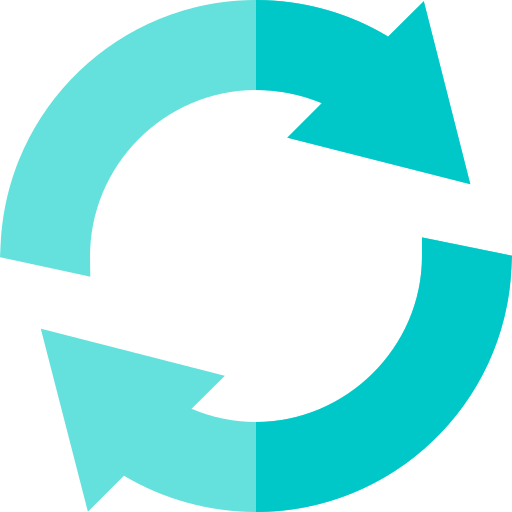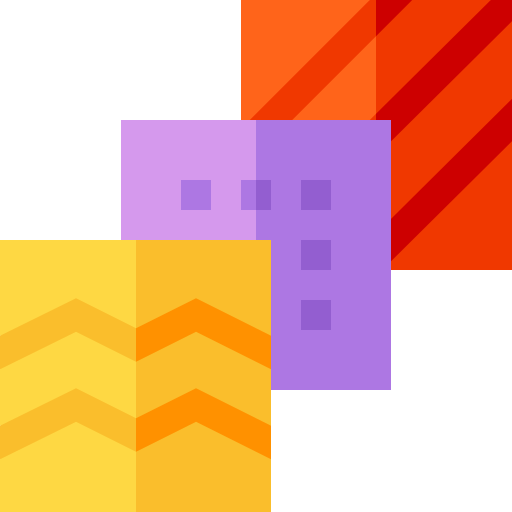ELEMENTS AND PRINCIPLES OF DESIGN
A detailed course, that includes elements of design such as Colour, Lines, Repeats, Silhouettes, Textures, Patterns, along with various Principles of design like Balance, Dominance, Proportion, Rhythm & Harmony.
PREVIEW THIS COURSE 4.5/5 12540 students enrolled
4.5/5 12540 students enrolled
Created by Indian Design League

ONLINE COURSE
You can watch from Mobile, Laptop or Desktop

LANGUAGE
Hinglish (Comfortable mix of Hindi and English)

WATCH ANYTIME
You can watch anytime as per your comfort.

MANY TIMES
You can watch videos as many times as you want

LIFETIME ACCESS
Lifetime access to the portal which you can use anytime

CERTIFICATE
You will get a certificate on completion of course.

MODULE 1 : INTRODUCTION & OVERVIEW
For all the aspiring and professional Fashion Designers, the course is designed to empower you with various creative, practical, and technical aspects of knitting which is an important part of the Fashion Designing industry. Through this course, you will experience quality learning at its best through lifetime access and value-added resources.

MODULE 2 : DRESS IN RIGHT COLOUR
Colours impact our mood. And just as every individual, every colour is different and when one dresses up in their right colour, it not only enhances their outer appearance but also boosts their inner confidence. In this topic you will be studying about how to find that right colour for you.

MODULE 3 :COLOUR CHARACTERISTICS & COLOUR WHEELS
Colour is a benchmark in not only fashion but all designing field. To understand this, the video will focus on how colours behave, change their character and how they influence our mood. This will also help you understand the colour wheel, how to use it, and the common applications of certain Colours.

MODULE 4 : COLOUR VALUES
This topic covers the necessary details for a designer to understand the different values of Colours and various terms associated with it like hue, value, chroma, and saturation. Learn the technical terms related to colour and their importance in fashion design industry.

MODULE 5 :COLOUR SCHEMES
Although there can be infinite combinations of colours, it is mandatory for aspiring designers to know some psychologically accepted and approved colour combinations. Right combination of colours can reflect our inner self hence, this video will help you to understand how to choose the correct combination with the help of colour theory.

MODULE 6 : COLOR PSYCHOLOGY
Colour represents our emotions. The psychological attributes of colour affect one’s mood according to the colour they are dressed in or sometimes colour also represents one’s behavioural character. This topic will help you to understand the psychological aspect of every colour and how does it can help you to change your mood.

MODULE 7 : CULTURAL SIGNIFICANCE OF COLOURS
Colour is an international visual language understood by all across the globe. The topic will guide designers to create a colour palette for clients by understanding the cultural and general significance of various colours and will be able to put colour to variety of uses without cultural differences.

MODULE 8 : CREATE THE LOOK YOU LIKE WITH LINES
Lines are everywhere in design, they are used to divide space, direct the user’s eye, create flow, create emphasis and organize all design elements into a form. This topic breaks down the basic understanding of lines and types of lines to help you understand what does a line represents you through the garment you wear.

MODULE 9 : REPEATS - TECHNIQUES OF REPETITIONS
There are different kind of prints that we see on many kinds of fabric, not only clothing but curtains, cushion, bedsheets, and even the wiping cloth that we use at home. This topic will help you to understand that the repetition of the motifs that creates the prints are the base factor that play an important role as an element of design which makes the fabric surface playful.

MODULE 10 : PRINCIPLES OF DESIGN - 1
Research has proved that the greatest beauty in the world of fashion is that ‘fashion designers use a variety of techniques to allow people to express themselves by way of their clothing’. This topic covers the few important principles of design you need to consider while designing or styling for your client.

MODULE 11 : PRINCIPLES OF DESIGN - 2
To represent different personalities and to add on the aesthetic value of designs, designers use various principles to get a perfect design. This topic encloses few more principles that give your design a unique and qualitative visual aspect.

MODULE 12 : SILHOUETTES AND BODY TYPES
The selection of right silhouette for the right body type is an important factor when it comes to dressing up according to the fashion trends that can completely transform the way you look. This video will break down the different silhouettes to be worn by different body types.

MODULE 13 : TEXTURES
There are some textures that can be felt on your skin, some can be audible and some can only be visible. These textures play a vital role in a designing field as many designers make their designs by getting inspired by texture and then select the fabric. This topic will make you understand the different types of texture and their aspects in designing.

MODULE 14 : PATTERNS - THE VISUAL ART
Fabric patterns are defined as repeated designs co-ordinated by lines, dots, shapes, spaces and colours. Patterns make the design interesting creating visual impact. This section of the curriculum will guide you through the different types of patterns which are used to create fabric in endless varieties such as geometric, floral, stripes, checkers, dots, abstract motifs and many others.
WHAT YOU'LL LEARN
ENROLL NOW !!!
WHO IS THIS COURSE FOR ?

-
Anyone who wants to learn about fashion designing
-
Aspiring and professional artists, students, and fashion designers, fashion stylists, fashion managers, and fashion bloggers.
-
Enthusiasts who want to pursue a career in different domains of Fashion Design
-
Anyone who wants knowledge about design principles, design elements like colours, lines body types, texture and patterns.
-
For all entry level to advanced Fashion Designers.
ENROLL NOW !!!
COURSE DESCRIPTION
Understanding these elements of design makes the foundation of designing experience great. Any individual who wants to start their career as a fashion designer, fashion stylist, fashion manager, or as a fashion blogger must have sound knowledge about Colours, Lines, Repeats, principles of design, silhouettes and body types, Textures & Patterns.

COLOURS
This topic focuses on what is colour? The theory behind how we perceive colour depending upon human moods, how to choose the right colour for yourself and according to the occasion. It also focuses on the psychology behind every colour that we see and also their cultural significance across the world.

LINES
This section covers the basics of lines, it’s types and how it is used in the garments as a structural as well as a decorative element. It also breaks down various functions, a line plays in design such as direction, spacing, illusion and proportion.

REPEATS
This teaches about the repetitive patterns that we see on fabrics as a decorative element. It also breaks down the types of repeats used by the fashion & textiles industry making the fabrics look livelier.

PRINCIPLES OF DESIGN
In this section, we will understand how various principles of design work, what are they and how to use them to represent different personalities and to add on the aesthetic value to the designs.

SILHOUETTES & BODY TYPES
In this section, we will be learning about different silhouettes of the garments and how to dress them as per the body type.

TEXTURES & PATTERNS
This topic focuses on different types of textures i.e., surface of the fabrics, 2D as well as 3D, Patterns and prints that we see on many fabrics and its significance in designing a garment.
ENROLL NOW !!!


MANALI SHELKE
(Fashion Design - IDL)
“First of all, I am very thankful to IDL & Chandrakant sir for having created a new platform for us students. I am very grateful of IDL. I am enjoying this journey in a very positive & energetic way. Today, I realized we have to start our professional life, and for that we should be active & be ready to face any challenge. Thank you so much IDL for this wonderful course.”

SABA ANSARI
(Fashion Design- IDL)
“From my experience, I can say Indian Design League is taking every effort so that students can get clarity on key concepts of Fashion Designing.
“I would absolutely recommend this course to anyone who wants to make a career in the fashion industry. Every session is golden and the learning process is way different from traditional one. A thumbs-up to IDL.”
I am really happy that I found the IDL platform during the challenging period of the lockdown and I can’t thank them enough for the very detailed modules.”

SHREYA PATIL
(Fashion Design - IDL)
“I was always curious about IDL Platform. When I got to know that along with the course, IDL organises webinars that give us industry insights, I was overjoyed. The course prepared me for a career for life and I’m already approaching big clients. So, along with learning fashion designing, I am also able to develop my personality. I am so grateful to be a part of the IDL community.”

APARNA AGRAWAL
(Fashion Design - IDL)
“My learning experience with IDL is one of the best times, especially when lockdown hit us. I was waiting for a right opportunity to explore my talent and skip conventional career choices. IDL was like an answer to my prayers. It taught me Fashion Design with such precision and perfection that today, I am an accomplished self-employed designer. IDL has given a definite direction to my life. I would like to thank IDL for all the commendable efforts.
